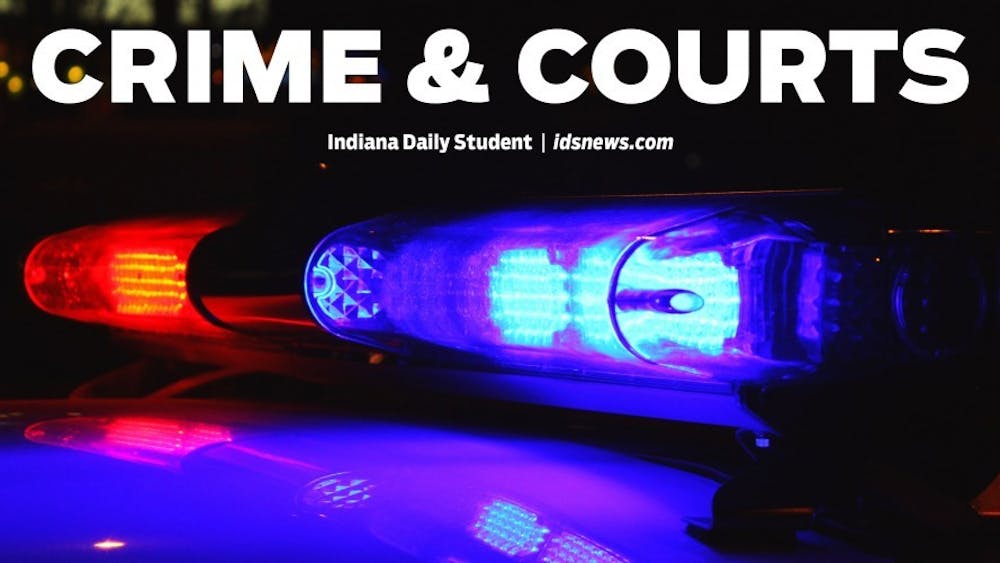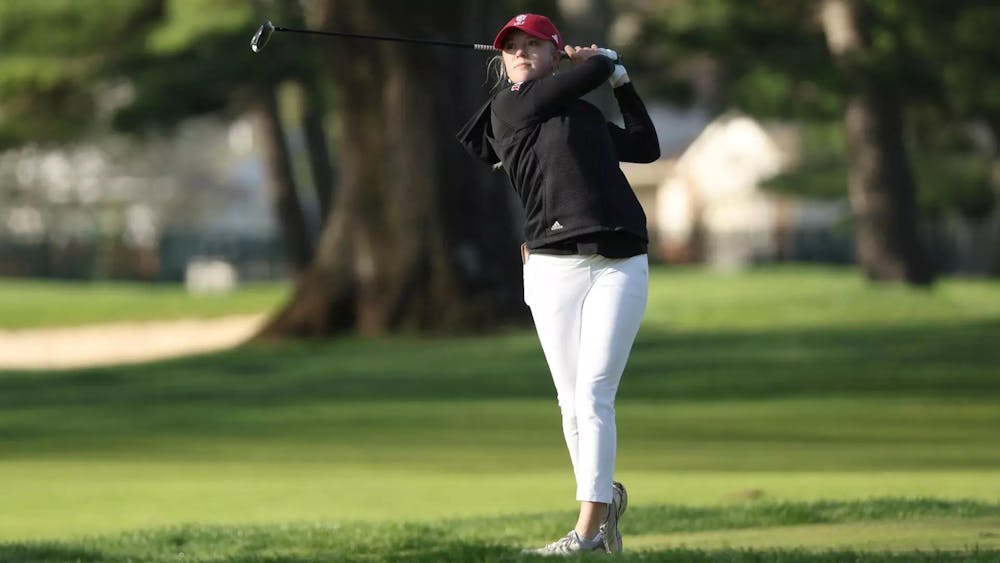These are the actions that lead people into being trafficked around the world.
“The biggest misconception of human trafficking is that it doesn’t happen here,” said Roshni Dhoot, senior and co-president of the Indian Student Association. “There are a lot of things that happen right before our eyes, yet we are unaware.”
Human trafficking, or the forced acts of labor or sex work, is found almost everywhere, including Bloomington.
The Indian Student Association, collaborated with the Feminist Student Association and Students Against State Violence sponsored a panel discussion titled, “This Century’s Slaves: a Panel on Human Trafficking” to attempt to make this constant issue more prevalent and to raise awareness about what to do if ever in a trafficking situation.
The panel was made up of three people; two were crisis intervention services coordinators at Middle Way House: Katelyn Lipa and Jen Burch, and the other, a junior studying international studies and journalism, Courtney Veneri. Veneri interned last summer for Freedom House Detroit, a refugee resettlement center, where she worked with both refugees and survivors of trafficking and helped them to learn English and adjust to American life and culture.
She has been a Middle Way House volunteer since her freshman year and is now an intern working on anti-trafficking and how to help trafficking survivors.
Direct service was the main exposure the panelists had to a first-hand account of human trafficking.
It’s possible we’ve worked with people that are trafficking survivors, but don’t specifically identify themselves in that way, Lipa said.
The issue the panelists broke down was the stigma set on the survivors of trafficking and the misconception that this act is only prevalent in developing countries. They are looked at as criminals, rather than victims of a large industry.
“Someone can be trafficked in their own state, in their own community,” Burch said.
When the Super Bowl, and other events with large foot traffic, took place in Indianapolis there was a large increase of trafficking in the area. Huge dynamics formed at these events can create outposts that still remain today, Burch said.
“It can be hard to identify what the exact numbers are because there is a large lack of reporting, because people don’t feel comfortable coming up and sharing their experiences,” Burch said. “What we’ve seen in the last couple years is a decline in the amount of reporting, but not necessarily the act itself.”
Bloomington is correlated a lot to drug trafficking, especially heroin, the panelists said.
“This is used as a method of control,” Burch said.
One rumor circulated around Bloomington during Little 500 bike race.
“We heard things; like during Little Five there is an annual auction of humans,” Lipa said. “We have no way of confirming that, and we’ve tried every channel of trying to confirm that.”
The panel transitioned into the legal procedures of aiding trafficking survivors and the flawed system that is currently in place. Applying for visas in this type of situation can take up to two years, which is usually the limit of how long survivors are permitted to stay in crisis centers.
Middle Way House does not have a limit of how long a survivor can stay and is currently the only human trafficking service in Southern Indiana.
Veneri explained when working at the refugee center, survivors would allot their time with the center before they could even use the services needed to start their lives one again.
This conmodification of bodies needs a end and a policy that will allow this, Veneri said.
“Trafficking is based on systems of power and control,” Burch said. “We’ve got to educate on individual levels. How do we interact with each other in a way that is mutually respectful?”





